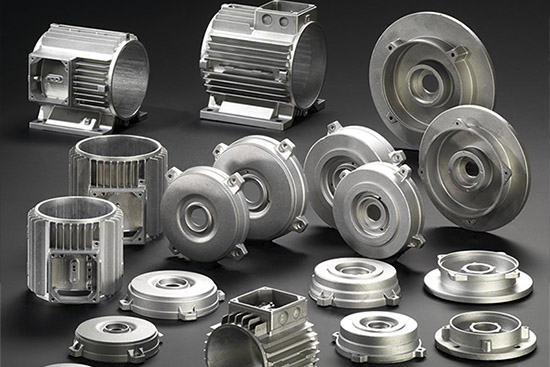Pressure die casting is a manufacturing process that has been gaining immense popularity in various industries due to its efficiency, precision, and cost-effectiveness. This technology allows manufacturers to produce complex metal parts with high accuracy and repeatability, making it a game-changer in the manufacturing world. In this article, we will explore the rise of pressure die casting and how it is revolutionizing the way products are made.
The Basics of Pressure Die Casting
How It Works
Pressure die casting is a metal casting process that is characterized by forcing molten metal into a mold cavity under high pressure. The mold cavity is created using two hardened steel dies that have been machined into the desired shape. The process begins with the melting of the metal, typically aluminum or zinc, which is then injected into the mold cavity using a high-pressure injection system.
Main Advantages
- Precision: Pressure die casting allows for the production of highly complex and detailed parts with tight tolerances.
- Efficiency: The process is fast and highly automated, leading to increased productivity and reduced labor costs.
- Cost-effective: Pressure die casting is a cost-effective manufacturing method, especially for high-volume production runs.
- Excellent surface finish: Parts produced through pressure die casting have a smooth surface finish, reducing the need for additional finishing processes.
Applications of Pressure Die Casting
Automotive Industry
The automotive industry is one of the largest users of pressure die casting. The process is used to create a wide range of components, including engine parts, transmission housings, and structural components. Pressure die casting in the automotive sector offers benefits such as lightweight parts, improved fuel efficiency, and cost savings.
Consumer Electronics
Pressure die casting is also widely utilized in the production of consumer electronics such as smartphones, laptops, and tablets. The process allows for the creation of intricate and lightweight parts that are essential in the electronics industry. Manufacturers in this sector benefit from the speed, accuracy, and cost-effectiveness of pressure die casting.
Aerospace Industry
The aerospace industry relies on pressure die casting for the production of critical components that require high strength and precision. Parts such as turbine blades, engine components, and structural elements are often manufactured using pressure die casting due to its ability to produce parts with complex geometries and tight tolerances.
The Future of Pressure Die Casting
Technological Advancements
With advancements in technology, pressure die casting continues to evolve, offering even greater precision, efficiency, and cost-effectiveness. Improvements in die design, mold cooling systems, and automation have further enhanced the capabilities of pressure die casting, making it an attractive option for manufacturers across various industries.
Sustainability
Pressure die casting is also playing a significant role in promoting sustainability in manufacturing. The process generates minimal material waste, and the scrap metal produced during casting can be recycled and reused. Additionally, the energy efficiency of pressure die casting helps reduce the overall environmental impact of manufacturing operations.
Expansion into New Industries
As the benefits of pressure die casting become more widely recognized, the technology is expected to expand into new industries and applications. From medical devices to renewable energy components, pressure die casting offers a versatile and efficient manufacturing solution that can meet the unique demands of various sectors.
